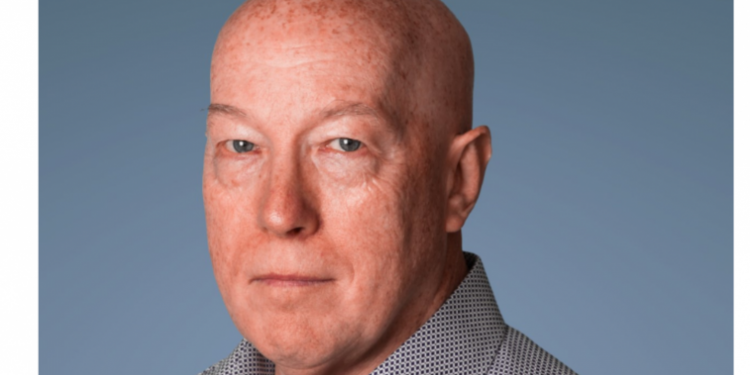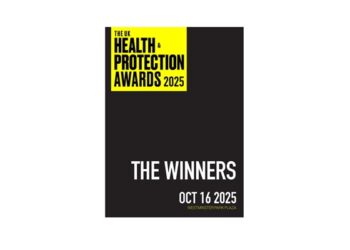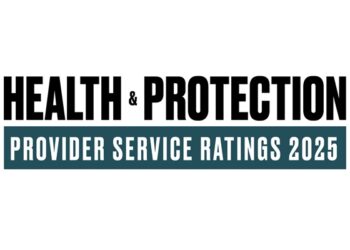Communicating the benefits of protection insurance through a benefits sheet could be the key to demystifying cover for consumers.
This is according to Alan Lakey, director at CIExpert (pictured), who spoke to Health & Protection ahead of publication of the CIExpert Critical Thinking Report 2024 which was sponsored by Guardian and HSBC Life.
The report which surveyed 5,000 consumers aged between 18 and 60, found significant gaps in their knowledge of critical illness and income protection cover – leading Lakey to conclude that he now favours creating a list of benefits of cover for clients as the key approach to tackling the problem.
Not wanting to be pressured into purchase
But the report also found 85% had never taken advice from financial advisers about critical illness cover and 37% said they never would.
When asked why, most said they did not want to be pressured into buying something while some said they could not afford an adviser.
“Clearly people out there believe that protection like all other adviser products comes with a fee and that’s clearly putting them off,” Lakey said.
“When we asked where they would go, the highest number was online followed immediately by an aggregator site. If you add that together it’s about 50% or very close to it.
“Their methodology for selecting a plan would be online, where the simple truth is all you can find out is a list of premiums and there’s no differentiation there that is going to allow someone to make a conscious decision – apart from those sites that say you can ring LifeSearch or someone similar.”
Key drivers to CI
But when those who had taken out CI were asked why, most revealed it was due to having a child or fear of ill health.
“Other reasons given were fear of cancer, having debts, entering marriage and so forth but the two highest ones were having a child and fear of ill health,” Lakey continued.
“So our follow-up question to the consumers was what would motivate you to use a financial adviser.
“And the main answer was if the adviser was free. Third place was if advice was cheaper which is kind of the same answer.”
When asked what could be done to tackle the problem, Lakey maintains it is a matter of consumer ignorance.
“But that’s partly due to consumers and partly due to advisers and also the insurers in the way that they market,” Lakey continued.
“The problem we’ve got here is if you look at a typical brochure from a critical illness provider it will run anything from 40 to 70 pages.
“If I was to chuck that at any of my clients, they’d throw it in the bin or file it. They’re not going to read it.
It looks too daunting and the terminology is not something they can understand if you start talking about staging of cancers and you’ve got to have TN010, then they say, ‘I don’t what he’s talking about’ and they turn off from it.”
Thinking in a more simplistic way
Consequently, Lakey said the industry needs to think in a more “simplistic way”.
“It’s certainly going to change the way that I speak to potential clients,” Lakey goes on.
“On a personal level, I’m going to design a sheet which I’m going to be giving to my clients which tells them the benefits.
“Obviously, it’s going to be generic so it won’t be specific. It will talk about the benefits within it so they better understand it.
“And of course if you take this forward one step, there are many people out there who could have claimed, or their children could have claimed, but didn’t due to ignorance about what’s within the plan.
“That probably extends to waivers of premiums as well.”
Consumers do not understand income protection
But Lakey added another key issue is around ignorance about what income protection is.
“When we asked people what they would spend the money on if they received a claim. The majority, instead of saying pay off the mortgage, said they would use it to pay for their time off work or to pay for private medical care,” Lakey said.
“So clearly, there is a synergy with income protection and it implies that they don’t understand that income protection exists or that they don’t understand if you like the differences.
“We’ve got to be honest when you ask questions like this to a consumer they are going to give an off the cuff answer aren’t they without too much thought because that’s the way that these things work.”
Demystifying income protection
According to Lakey, he prefers to use the term sick pay over income protection as that is more readily understood.
“Income protection is a problem, though if you go back to about 1988. Up until then it was called dread disease insurance and that was considered too scary if you like,” he continued.
“The problem is some years ago the Association of British Insurers (ABI) discussed a new name for TPD (Total Permanent Disability) and one of the answers they gave ran to about 11 words.
“They were trying to think of a better name for it. And of course we banded it around in the industry for many, many years about what name best reflects the cover.
“But of course the cover is so widespread now. You’ve got additional payment. You’ve got children’s. You’ve got added benefit. You’ve got all manner of things. Vitality have got even more. How can you call it something that people understand?
“Some people said, ‘call it serious illness’ but serious illness still doesn’t tell you what it does.”






